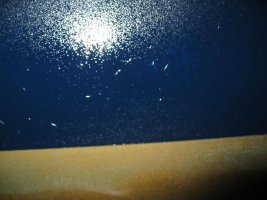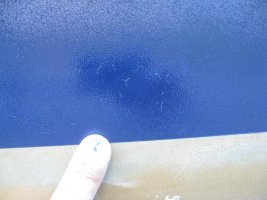I'd be tempted to leave it as long as you could, maybe even a week. Do you have an infrared type thermometer where you can measure the surface temperature of the fiberglass? Most epoxy resins start having heat issues around 120-125 F (that's about 49-51 C). I honestly can't remember the exact number for polyester resins, but I believe about 150 F (65 C) is not great, and by 180 F (82 C) you're pretty unhappy, and yes, your deck can get up to these temperatures in intense sunlight

Our boats were built with polyester resins.
Also, what is the humidity in the air where you are? I wonder if it would be worth hanging some plastic from the sides of the hull to make a tent to make it very dry with a vent at the top for moisture to escape. Of course, you must be very careful of heaters and fire and clearances to everything.
A final thought, maybe it might be worth drilling some holes into the sides scattered about. Nothing crazy, but some decent size, maybe 1-1.5 cm. Let the water that comes out guide you as to how close together, and when all done, you could fill these with thickened epoxy. and then you are covering it all with a layer of glass. Of course, if you can't get the core dry, the epoxy won't make good adhesion, and you could have a real mess on your hands


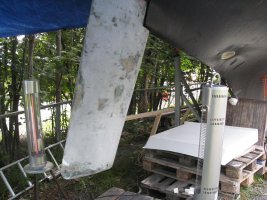
 Our boats were built with polyester resins.
Our boats were built with polyester resins.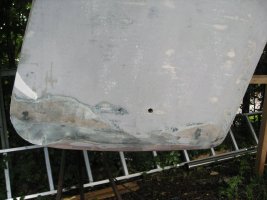
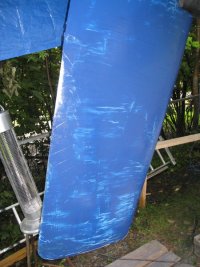




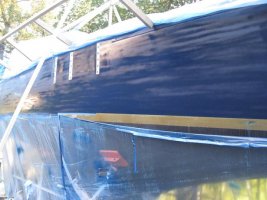
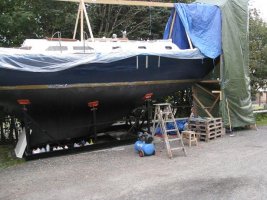

 </O
</O